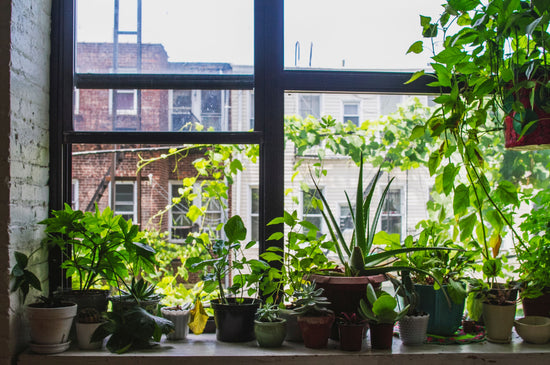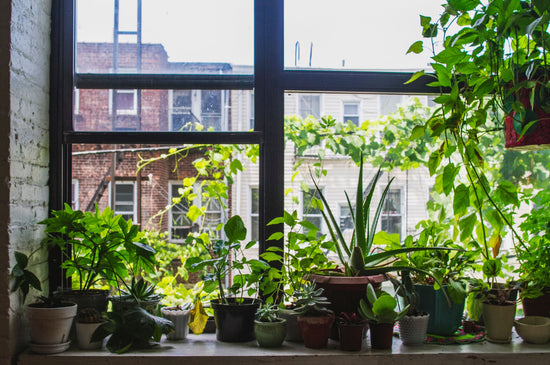Transform Your Garden: Master the Art of Blueberry Cultivation
Blueberries are a versatile and rewarding addition to any garden, offering delicious fruits and beautiful foliage. With the right care and techniques, you can transform your garden into a blueberry haven. Whether you're a novice or an experienced gardener, this guide will provide expert tips on blueberry cultivation.
Why Blueberries? Benefits Beyond the Berries
Blueberries (Vaccinium spp.) are prized for their nutritional benefits and aesthetic appeal. These shrubs provide year-round interest, from delicate spring blooms to vibrant fall foliage. Plus, growing your own blueberries ensures a steady supply of fresh, antioxidant-rich fruits.
For a reliable start, consider the Emerald Blueberry Plant, a high-yield variety perfect for home gardens.
Selecting the Right Blueberry Varieties
Different blueberry varieties thrive in varying climates and conditions. Here’s a quick guide:
- Highbush Blueberry: Ideal for temperate regions, producing large, sweet berries.
- Rabbiteye Blueberry: Heat-tolerant and drought-resistant, suitable for the South.
- Lowbush Blueberry: Perfect for colder climates, with a compact growth habit.
- Southern Highbush Blueberry: A hybrid designed for warmer climates.
For variety in your garden, try the Berry Variety Pack.
Preparing the Soil for Blueberries
Blueberries thrive in acidic soil with a pH between 4.5 and 5.5. Test your soil before planting and amend it as necessary. Adding organic matter such as peat moss or compost helps improve soil structure and nutrient content.
For container gardening, the Blueberry Plant in a 2-inch Grower’s Pot is an excellent choice.
Planting Your Blueberry Bushes
- Choose the Right Location: Blueberries need full sun for optimal fruit production.
- Spacing: Plant bushes 4-6 feet apart to allow for proper air circulation.
- Planting Depth: Dig a hole twice as wide and deep as the root ball. Place the plant at the same depth it was growing in its container.
- Mulch: Apply a 2-3 inch layer of mulch to retain soil moisture and suppress weeds.
For a mix of fruit-bearing plants, the Patio Fruit Plant Variety Pack offers a diverse selection.
Watering and Fertilizing Blueberries
- Watering: Blueberries have shallow roots and need consistent moisture, especially during fruiting. Water deeply but avoid overwatering to prevent root rot.
- Fertilizing: Use a fertilizer designed for acid-loving plants. Apply in early spring and again after harvest.
Pruning for Maximum Yield
Pruning encourages healthy growth and higher yields. Remove dead or damaged wood and thin out crowded branches in late winter or early spring.
Pollination: The Key to Bigger Berries
Blueberries benefit from cross-pollination. Planting multiple varieties close together can increase fruit size and yield. For best results, include a mix of highbush and rabbiteye varieties.
Protecting Your Blueberry Bushes
Blueberries are susceptible to pests and birds. Use netting to protect fruit from birds and monitor for pests like aphids or spider mites. Organic solutions like neem oil can help manage infestations.
Harvesting and Storing Blueberries
Blueberries are ready to harvest when they turn a uniform deep blue. Gently pick ripe berries and avoid pulling unripe fruit. Store harvested blueberries in a cool, dry place or freeze them for longer shelf life.
Where to Buy Blueberry Plants
Wekiva Foliage offers a variety of high-quality blueberry plants to suit every gardener’s needs. Whether you're looking for starter plants or specialty varieties, browse the Fruit Trees Collection to find the perfect match for your garden.
FAQ
1. How much sunlight do blueberries need?
Blueberries require at least 6-8 hours of direct sunlight daily for optimal growth.
2. Can blueberries be grown in containers?
Yes, blueberries thrive in containers. Use a pot with good drainage and acidic soil.
3. When is the best time to plant blueberries?
Plant blueberries in early spring or late fall when they are dormant.
4. How long does it take for blueberries to bear fruit?
Blueberries typically start producing fruit in 2-3 years.
5. How do I increase the acidity of my soil for blueberries?
Amend your soil with elemental sulfur or use a soil acidifier to lower pH levels.





